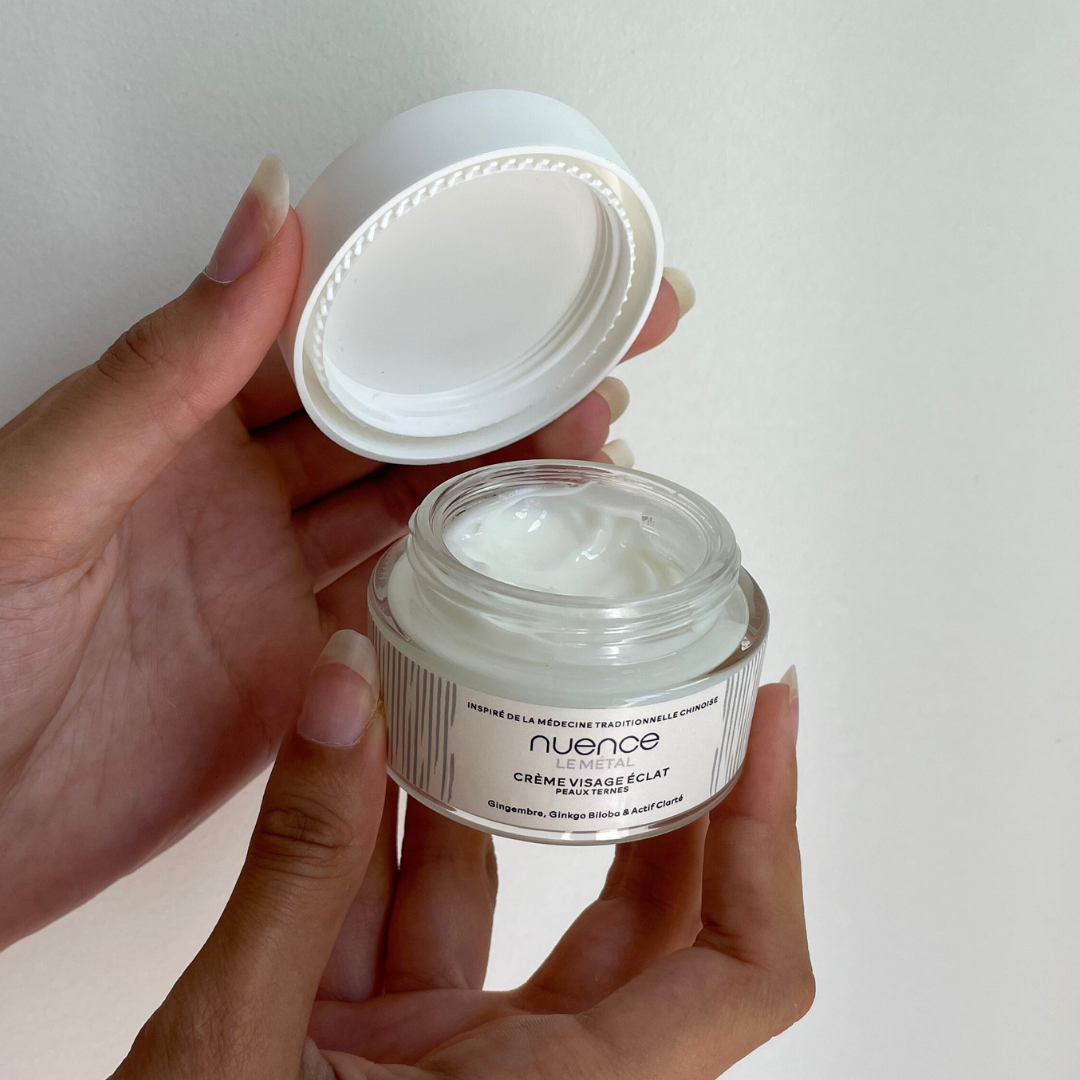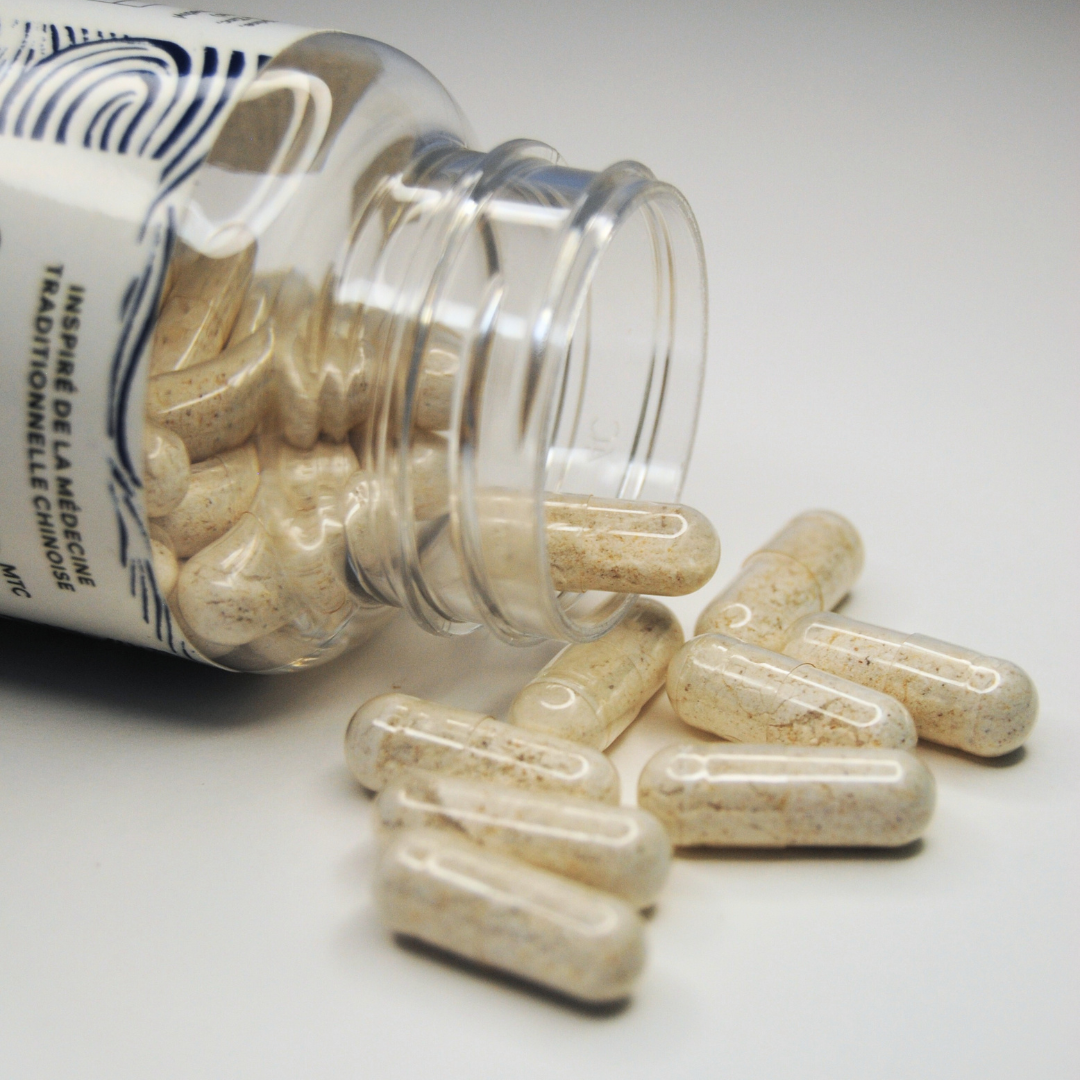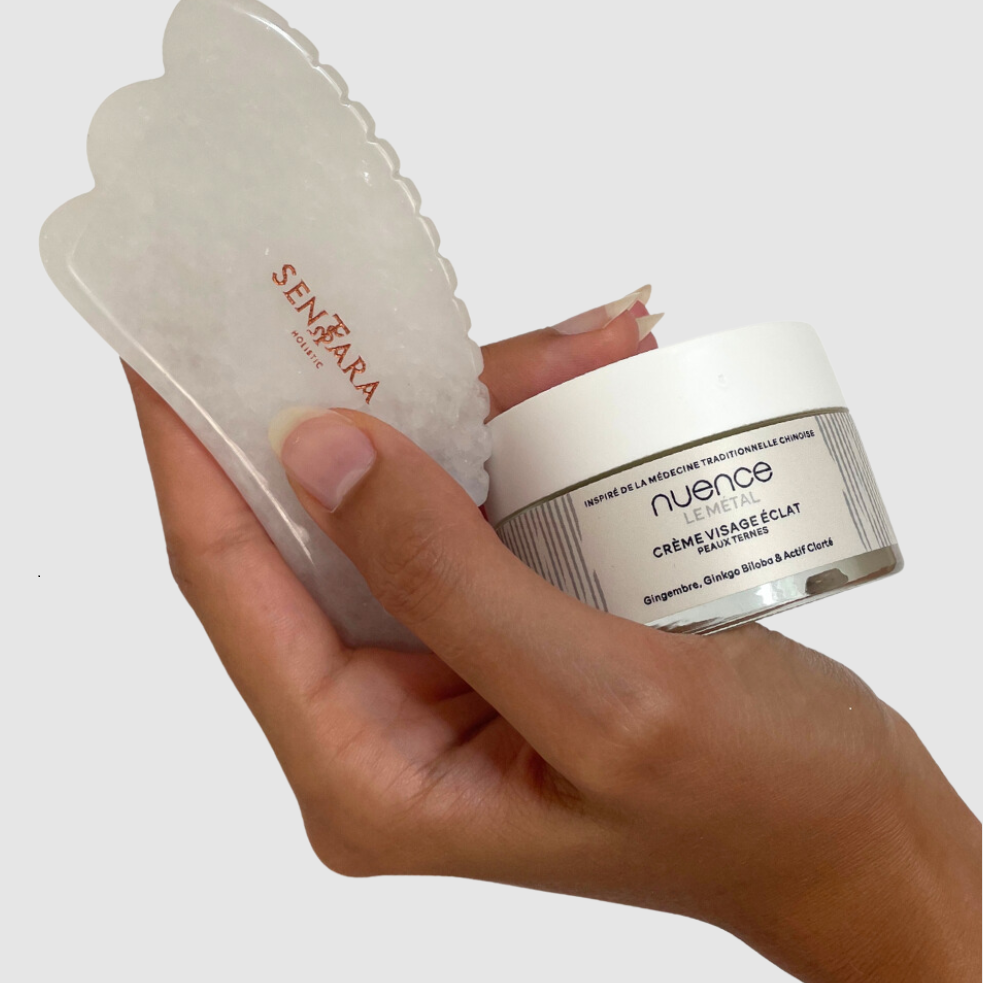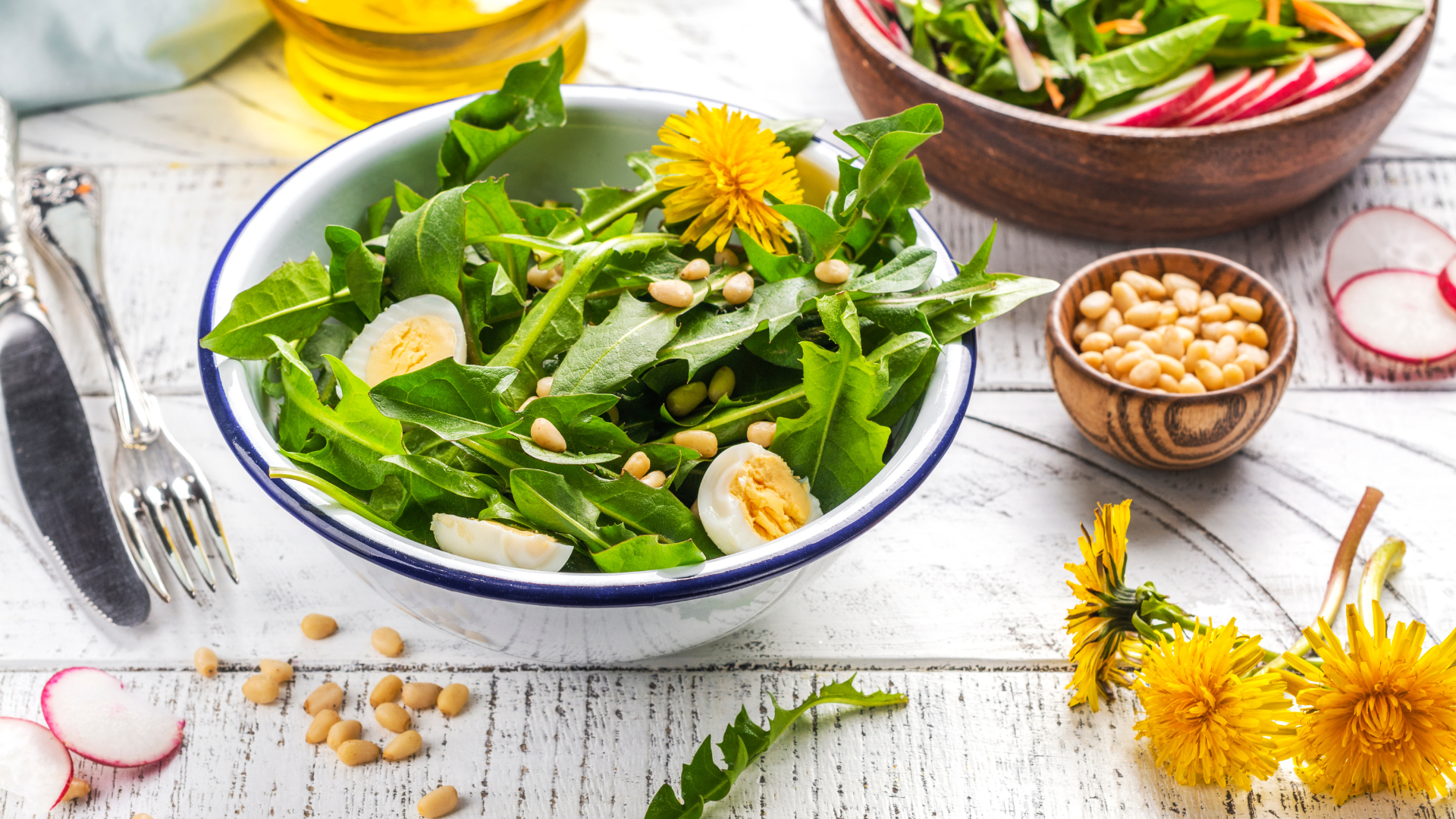Introduction
On the occasion of its partnership with Thés de la Pagode® , the Nuence-MTC team dedicates this article to the fascinating world of tea. A beverage made from the leaves of the Camellia sinensis shrub, consumed for thousands of years for its many health benefits, tea perfectly illustrates the values shared by both brands: holistic health and well-being, ancestral traditions of China and the use of medicinal plants from the Chinese pharmacopoeia.
Summary
- History of tea in China
- The plant: Camellia Sinensis
- Tea agriculture in China
- The different varieties of tea
- Benefits for body and mind
- Holistic In & Out Routine
The History of Tea in China
The history of tea in China dates back nearly 5,000 years. Tea became a national beverage during the Tang Dynasty (618–907) and continued to evolve during the Song, Ming, and Qing dynasties. During these dynasties, tea became an integral part of Chinese culture, with tea ceremonies and tea houses proliferating. Tea was consumed not only for its medicinal benefits, but also for its social and cultural roles.
During the Song Dynasty, the art of preparing and tasting tea was perfected, establishing traditions that continue to this day.
Today, China is the world's leading producer of tea, with a rich tradition of cultivation and consumption.

Other major producing countries include India: The second largest
tea producer in the world, but also Kenya, the largest tea producer in Africa, Sri Lanka known for its Ceylon tea, as well as Vietnam.
The plant: Camellia Sinensis
In the strictest sense, the word "tea" applies only to beverages made from leaves
of Camellia sinensis.
Contrary to popular belief, the differences in taste and color observed between different types of Chinese tea are not due to the use of different types of tea leaves. Rather, they are due to differences in the production and manufacturing process.
- It is a shrub or small tree that is usually pruned to less than 2 meters and which is cultivated for its leaves.
- Growing Conditions: It prefers acidic, well-drained soils, with a partial shade exposure.
- Leaves: The leaves are 4 to 15 cm long and 2 to 5 cm wide. They contain about 4% caffeine.
- Flowers: The flowers are yellow-white, measuring 2.5 to 4 cm in diameter, with seven or eight petals.

Tea Agriculture in China
Tea cultivation in China is concentrated in several key regions, including Fujian, Zhejiang, Anhui, Yunnan, and Sichuan. Each region produces distinct varieties due to differences in climate, soil, and growing techniques. Tea production in China is a meticulous process that involves picking, withering, rolling, oxidizing, and roasting the leaves.

1. Withering : Freshly picked tea leaves are spread out to wither, which reduces their water content and makes them more pliable.
2. Rolling : The leaves are then rolled to break their cell walls,
allowing enzymes and polyphenols to mix and react with oxygen
3. Oxidation : The rolled leaves are left to air dry under controlled temperature and humidity conditions. During this period, the catechins (a type of polyphenol) are transformed into theaflavins and thearubigins, giving the tea its characteristic colors and flavors.
4. Fixation : To stop oxidation, the leaves are heated rapidly. This process, called fixation, kills the enzymes responsible for oxidation.

The Different Varieties of Tea in China
There are six main types of tea in China, each with its own characteristics and production methods:
1. Green Tea : Non-oxidized and therefore particularly rich in antioxidants, it is renowned for its health benefits (see below).
2. White Tea : Lightly oxidized, it is appreciated for its delicate and sweet flavor.
3. Yellow Tea : Rare and slightly oxidized, it has a mild and sweet taste.
4. Oolong Tea : Partially oxidized, it combines the characteristics of green tea and black tea.
5. Black Tea (Red in China): Fully oxidized, it has a strong and robust taste.
6. Pu-erh tea : Fermented, it is known for its unique flavors and its digestive, detoxifying, and cardiovascular health benefits. It originates from the Yunnan province.
Among green teas, matcha stands out with a higher concentration of catechins, notably EGCG, a powerful antioxidant. This exceptional richness in antioxidants comes from its unique production and consumption method. Unlike other green teas, whose leaves are consumed only as an infusion, matcha is a powder made from ground whole leaves that is ingested in its entirety, allowing for the absorption of all its beneficial compounds. Additionally, the matcha cultivation process involves shading the leaves during the final weeks before harvest, which stimulates the production of chlorophyll and catechins.

Benefits for body and mind
Tea is known for its many health benefits:
- The antioxidants in green tea (particularly polyphenols and tannins) neutralize free radicals, thereby reducing oxidative stress. As described in our article on this topic, oxidative stress affects several metabolisms in the human body, with harmful effects on proteins, DNA, and cell membranes. By degrading collagen and elastin, proteins essential for skin firmness and elasticity, free radicals accelerate premature aging of the skin.
Green tea is particularly recommended for maintaining beautiful skin, protected from oxidative stress and the visible signs of aging (wrinkles and fine lines). Jasmine tea and chamomile tea are also beneficial for the skin thanks to their soothing and anti-inflammatory properties.
- Soothing Effects : L-theanine, an amino acid with relaxing effects, promotes relaxation without causing drowsiness. Thus, drinking tea reduces stress and improves concentration and mental clarity.

- Detoxifying Properties : Catechins, a type of polyphenol, like EGCG, are particularly effective for their detoxifying and anti-inflammatory properties. They help eliminate toxins and improve digestion. Flavonoids also help improve digestion by stimulating the production of gastric juices. Caffeine, meanwhile, has a diuretic effect that helps eliminate toxins through urine.
- Thermogenesis and weight control : The combination of caffeine and catechins in green tea increases metabolism and energy expenditure (thermogenesis, i.e., the body's production of heat, which helps burn more calories). Studies have also shown that green tea can increase fat oxidation, which means the body uses more fat as an energy source. It is therefore an ideal ally for weight control as part of a varied and balanced diet.
- Cardiovascular Benefits : Tea offers several cardiovascular benefits thanks to its active components. Polyphenols help maintain blood vessel health and contribute to lowering blood pressure, thus reducing the risk of hypertension. Catechins, such as EGCG, help lower LDL cholesterol (the "bad" cholesterol) levels and increase HDL cholesterol (the "good" cholesterol) levels.
- Stimulating, not exciting : Tea contains caffeine, which makes it a stimulating drink. Caffeine increases alertness and reduces drowsiness by blocking adenosine, a neurotransmitter that promotes sleep. However, the amount of the caffeine content of tea is generally lower than that of coffee. In addition to caffeine, tea contains other stimulant compounds like theobromine and theophylline, as well as L-theanine, which balance the stimulating effects of caffeine. Compared to coffee, tea offers a more gentle, balanced, and prolonged stimulation, often described as calm energy.

- For meditation , the Gongfu tea ceremony , originating in China, is a traditional practice that highlights the art of preparing and enjoying tea. This ceremony, often performed with oolong or black tea, involves the use of small, specialized utensils, such as clay teapots and delicate cups. The process begins with rinsing the tea leaves to awaken their aromas, followed by several short infusions that gradually reveal the tea's complex nuances. Each sip is savored slowly, allowing participants to connect deeply with the flavors and sensations. The Gongfu tea ceremony is much more than a simple tasting; it is a meditation in motion , an invitation to mindfulness and appreciation of the present moments.

Holistic In & Out Routine
Discover this limited edition DUO based on Chun Cha Tea and Nuence-MTC purifying face cream, connected to the Wood element.
An “In & Out” combination with proven antioxidant properties: Chun Cha Tea, from Thés de la Pagode® certified Fair Trade by the Max Havelaar label, will act from the inside out, while the topical application of the face moisturizer with extracts of Centella Asiatica and Dandelion will act on the epidermis.
Thés de la Pagode® preserves the intact benefits of Chun Cha, which means "purity tea" in Mandarin. With a smooth and rounded taste, this organic grand cru green tea is unoxidized and therefore very rich in antioxidants, particularly catechins.
Nuence-MTC's Purifying Face Cream highlights two plants from the Chinese Pharmacopoeia with strong antioxidant properties: Centella Asiatica (Ji Xue Cao) and Dandelion (Pu Gong Ying). Bakuchiol, an active ingredient derived from an Asian plant (Babchi) and a natural alternative to retinol, is non-irritating and can be used on all skin types, including the most fragile and sensitive. The combination of these plant extracts gives its purifying properties to the face moisturizer: it regulates excess sebum, effectively fights skin imperfections and evens out the complexion.
To conclude
Tea, called "chai" (茶), is part of the Chinese pharmacopoeia . It has been used for thousands of years for its many medicinal properties, including its antioxidant, anti-inflammatory, and detoxifying effects.
Nuence-mtc and Thés de la Pagode® advocate adopting a holistic wellness routine that includes daily tea drinking. Drinking tea daily, combined with a healthy, balanced diet and other wellness practices (moving, exercising, sleeping well), will help maintain your health and protect your skin.
Have you already incorporated tea into your wellness routine? Do you plan to do so? Do you have any other tips for maintaining your health?










